Are Wildland Fire Boots Good for Hiking?

As a wildland firefighter, you know the importance of having a reliable and durable pair of boots that are specifically designed for the job.
But what about when you want to hit the trails for a casual hike? Are your wildland fire boots suitable for hiking as well?
Well, there are some pros and cons of wearing fire boots for hiking and if you’re looking for a boot that can do both, then you’re in luck: the JK Fire Inlander is a wildland fire boot all the way through, but plenty of our customers have done hikes in them, too.
Yes, you can hike in your wildland fire boots.
Can You Hike in Wildland Fire Boots?
Well, I gave away the answer, didn’t I? Yes, you can go for a hike in your wildland fire boots.
I’m assuming you’ve got a pair of fire boots already and you’re looking to hit the trails in them and just want to make sure you don’t hurt your feet.
Or maybe you’re looking for a pair of boots that can do both.
Wildland fire boots have certain specs that need to be met for safety reasons. So if you’re thinking about getting a boot for both situations, focus on getting a great wildland fire boot. That’s going to maximize your safety.
But there are also plenty of benefits of hiking with a fire boot (as well as a few drawbacks, which I’ll also mention).
3 Benefits of Using Fire Boots for Hiking
1. Durability and Ruggedness
Wildland fire boots are designed for the toughest environments, with high-quality materials and craftsmanship that can handle rough terrain like a champ.
With their thick leather and reinforced stitching (the JK Fire Inlander uses 8-9oz leather and a flame resistant stitch), you can trust your fire boots to withstand the wear and tear of hiking.
Take, for instance, this review shared by a happy JK customer: "JK Boots are excellent quality, especially in the terrain I wear them. Cactus doesn’t penetrate the leather like some boots, and the soles are flexible enough for grip, but not so stiff that they lead to sore feet."
If they can handle cacti, they can definitely handle your next hiking adventure.
2. Ankle Support and Stability
One of the most important things to consider while hiking is ankle support and stability.
Nobody wants to roll an ankle while out in the wilderness. Fire boots provide excellent ankle support due to their high shaft and snug fit, helping reduce the risk of ankle injuries on uneven surfaces.
I've personally noticed that my fire boots give me the confidence to tackle challenging trails, knowing that I have the support I need to keep my footing secure. So, if you're looking for a boot that's got your back (or rather, your ankle), wildland fire boots are a fantastic option.
3. Enhanced Traction
When it comes to hiking on slippery or steep slopes, you need a boot with a thick sole, a deep tread, and a higher heel to grip the ground well. And guess what? Your wildland fire boots have got you covered.
These boots are designed to perform under the most demanding conditions, so they offer enhanced traction to keep you on your feet. In my experience, I've found my fire boots to be particularly helpful in muddy or wet conditions, where other hiking boots might slip and slide.
3 Drawbacks of Using Fire Boots for Hiking
1. Weight and Bulkiness
When it comes to hiking, it's essential to choose footwear that's lightweight and comfortable for those long treks. Unfortunately, most fire boots are heavier and bulkier than your average hiking boots.
Designed to withstand intense conditions and protect the feet of wildland firefighters, these boots may weigh more than what you're used to when hitting the trails.
As a result, wearing fire boots for hiking can lead to increased fatigue and soreness during your adventure.
For example, a typical fire boot can weigh between 4-6 pounds, while a hiking boot comes in at around 1.5 pounds or less. That extra weight can begin to take its toll on your energy levels as you trek through the wilderness.
2. Breathability and Moisture-wicking
Breathability is a crucial factor when hiking, as sweaty feet can lead to discomfort and even blisters.
While fire boots are designed to protect wildland firefighters from extreme heat and hazardous conditions, they may not offer the same breathability and moisture-wicking as regular hiking boots.
This lack of breathability can make your feet feel hot and uncomfortable when you're out on a long hike, especially in warmer weather.
3. Potential Discomfort During Long Hikes
If you've ever worn fire boots, you know that they require a proper break-in period and a custom fit to ensure maximum comfort.
While fire boots, like the JK Fire Inlander, are designed to be comfortable and supportive during intense firefighting work, they might not be the best choice for long hikes if they're not broken in properly or fitted well. And when I say “long hike,” I mean anything beyond 5 miles.
Wearing fire boots that haven't been correctly broken in can lead to rubbing, pinching, and general discomfort during your hike. It's essential to invest time in breaking in your fire boots and ensuring they fit well before embarking on any long hikes.
As far as fit goes, we can make your boots custom for you, so even if you have irregular feet, or two different sizes, we can get you a pair of fire boots that fit like a dream.

Get Packing
So, are wildland fire boots good for hiking? If you’re hiking less than 5 miles, go for it: wearing a wildland fire boot is going to be fine.
If you regularly hike more than 5 miles, then perhaps a specialized lightweight hiking boot would be a better choice.
And if you don’t have a pair of boots that can do both, check out the JK Fire Inlander. While we purpose built them specifically for wildland firefighting, a lot of our customers keep wearing their Fire Inlanders on the trails during the offseason because they love the ankle support, arch support, and traction.

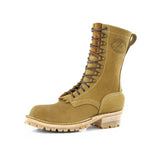


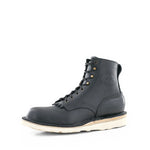
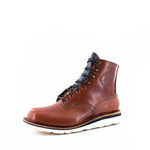
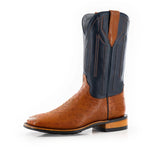
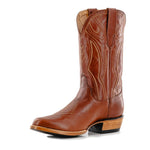
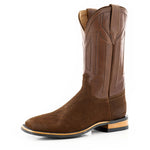



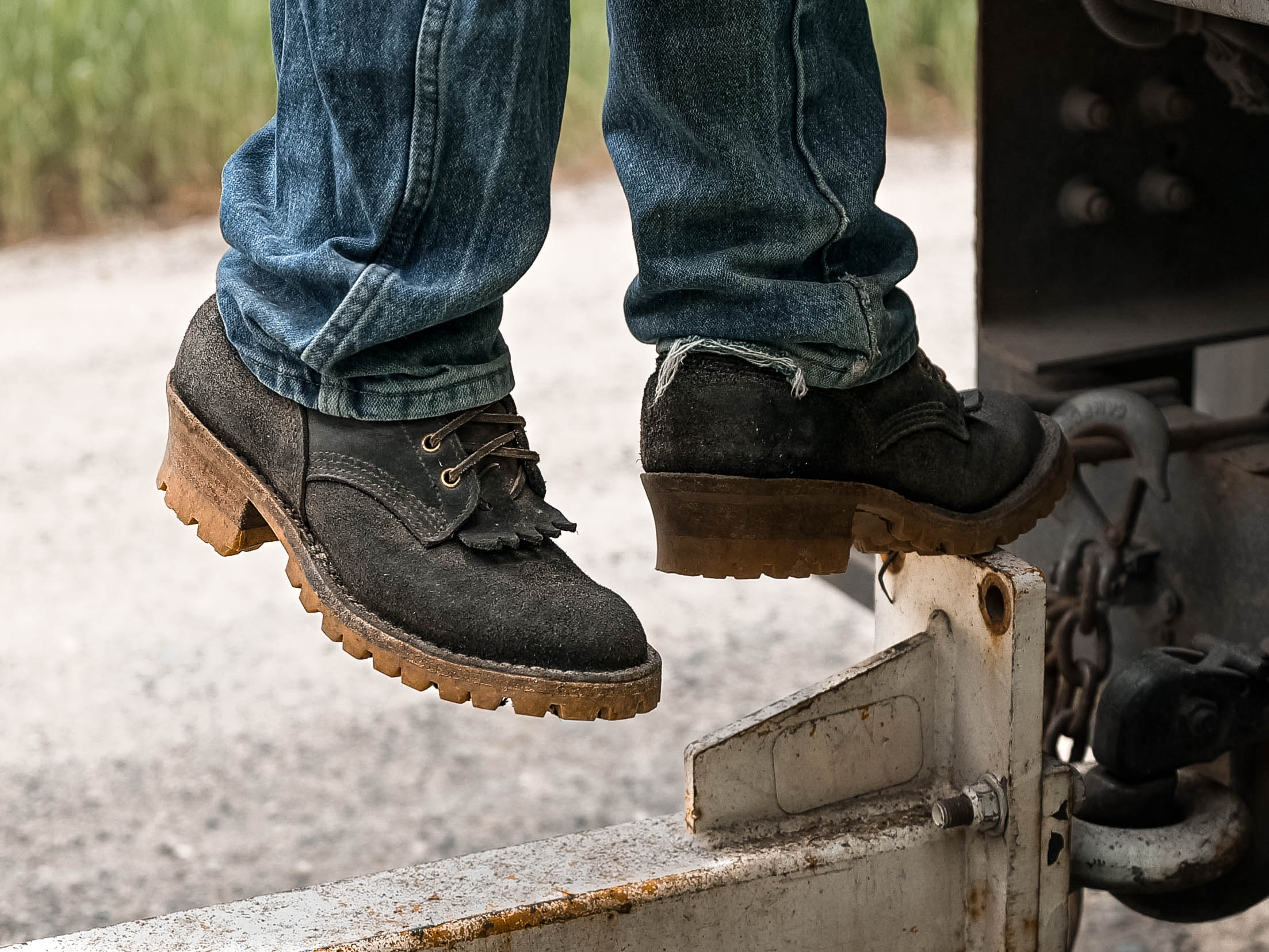
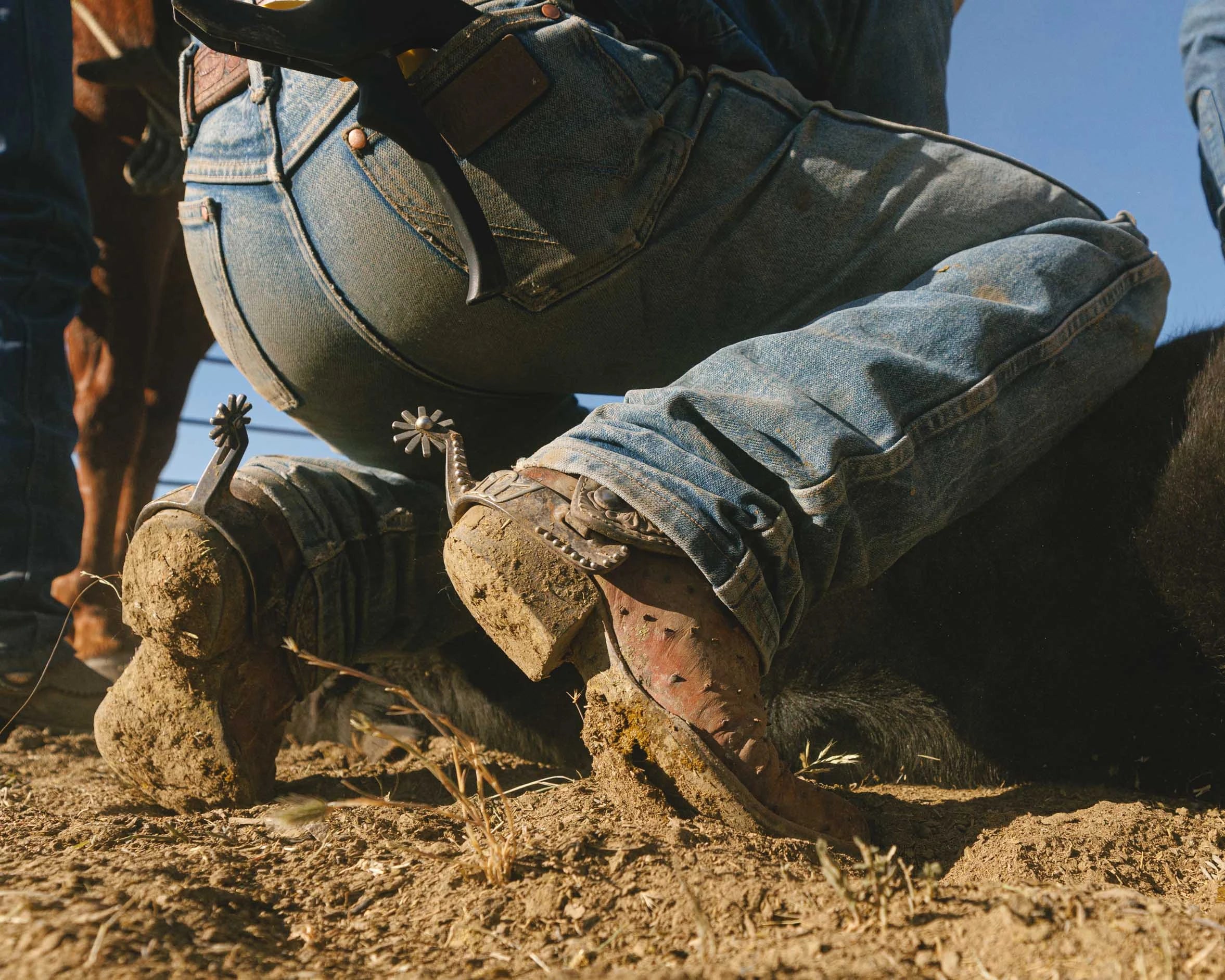
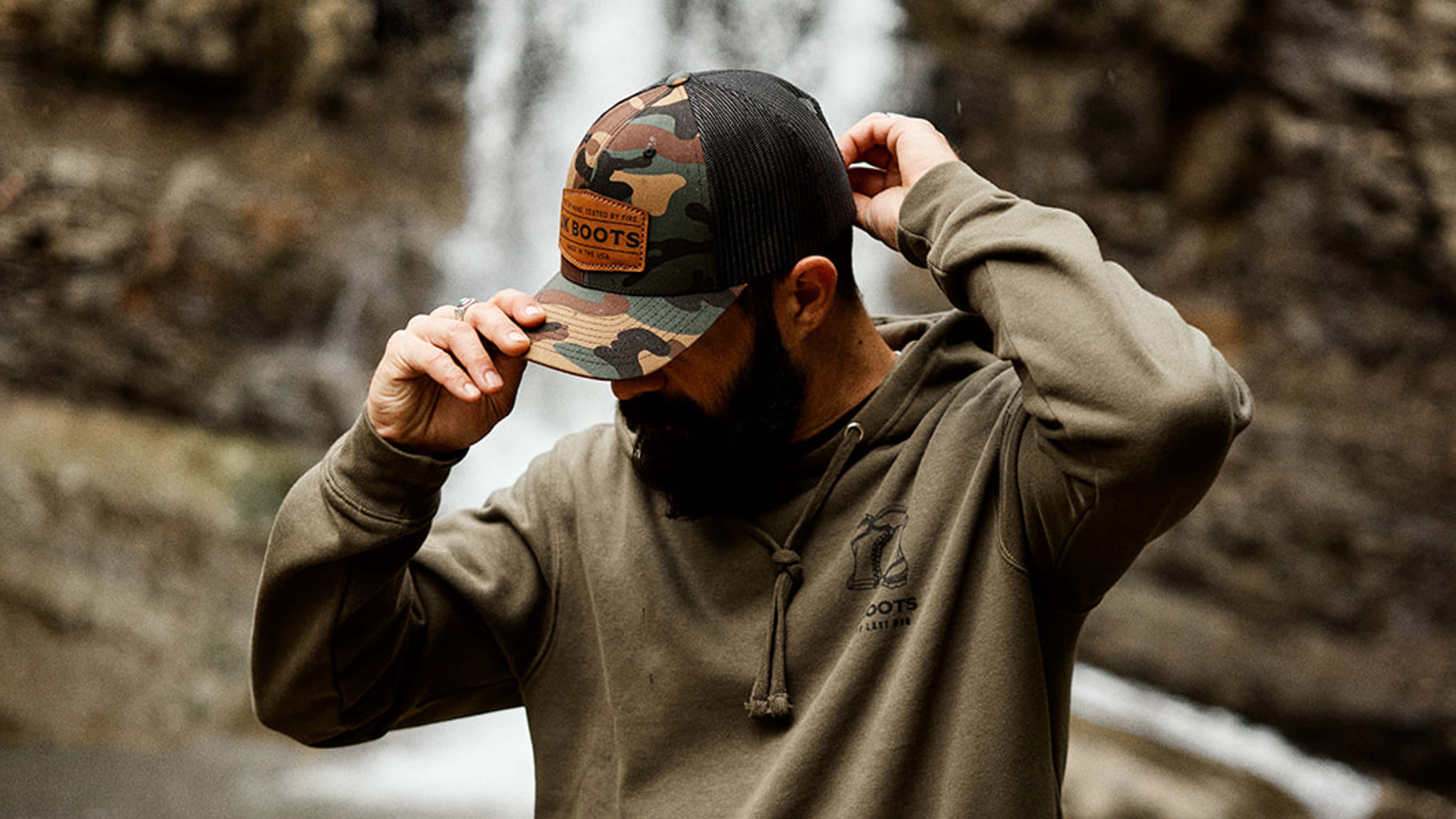
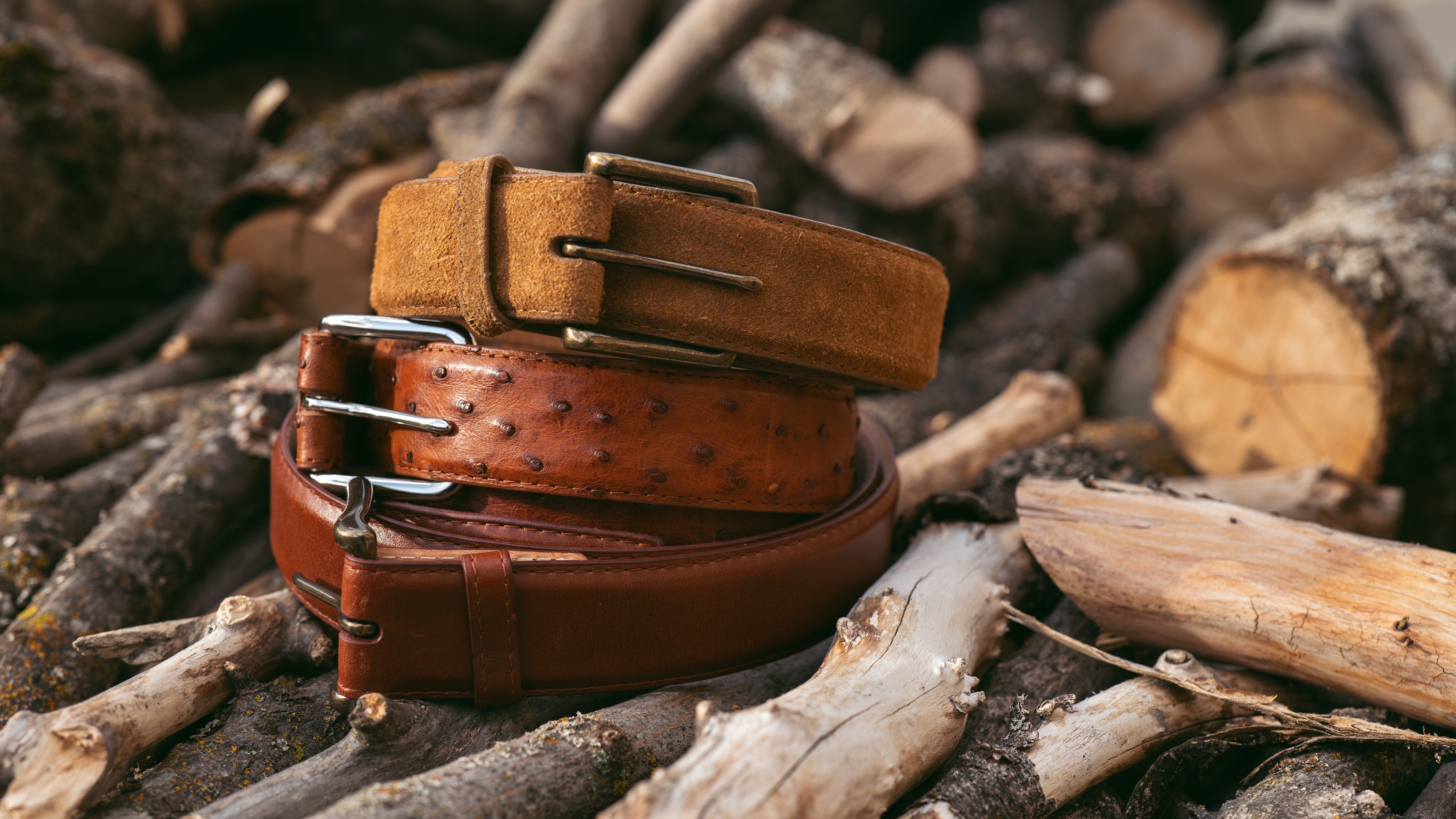

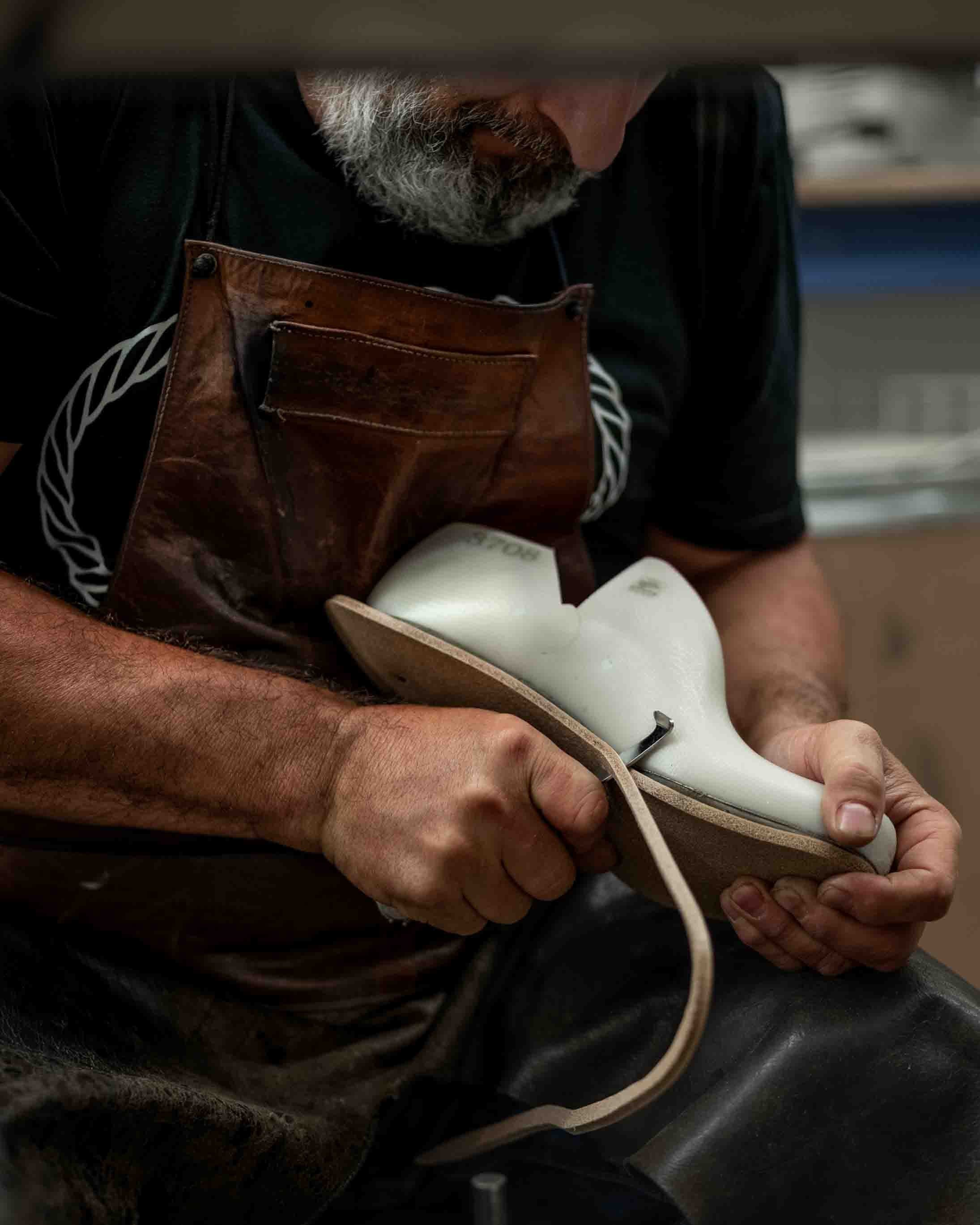
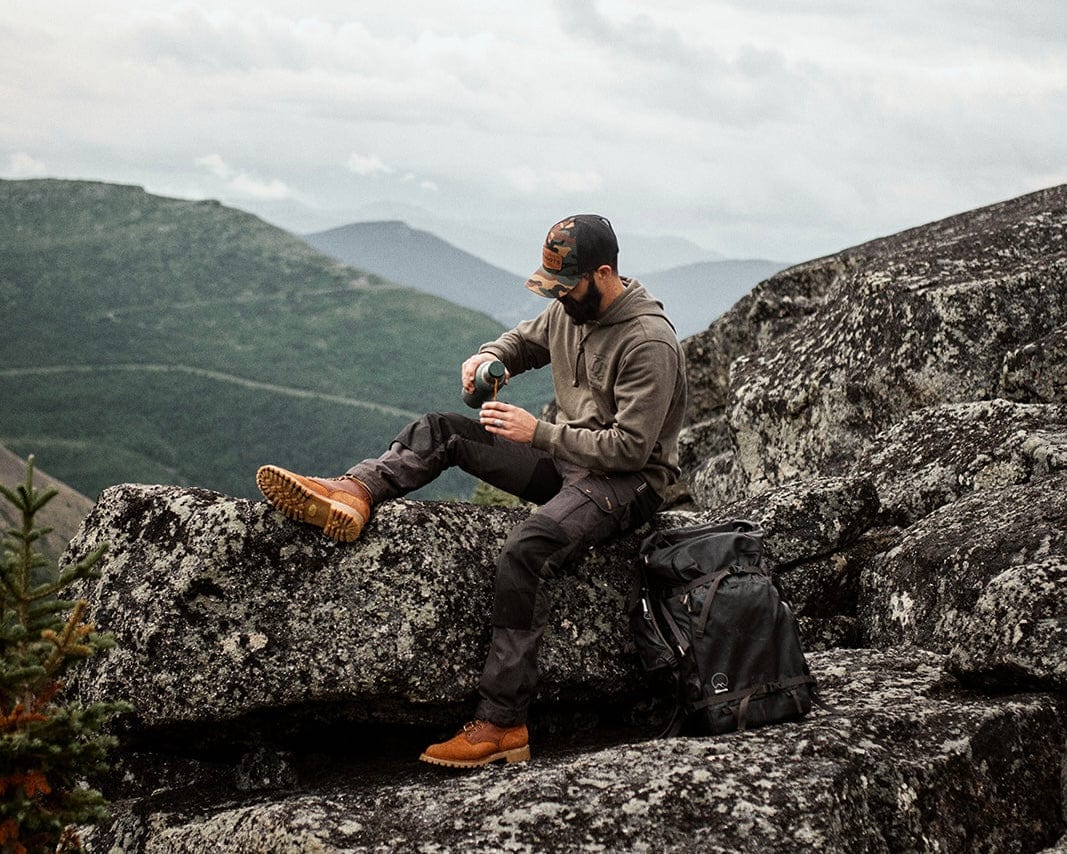
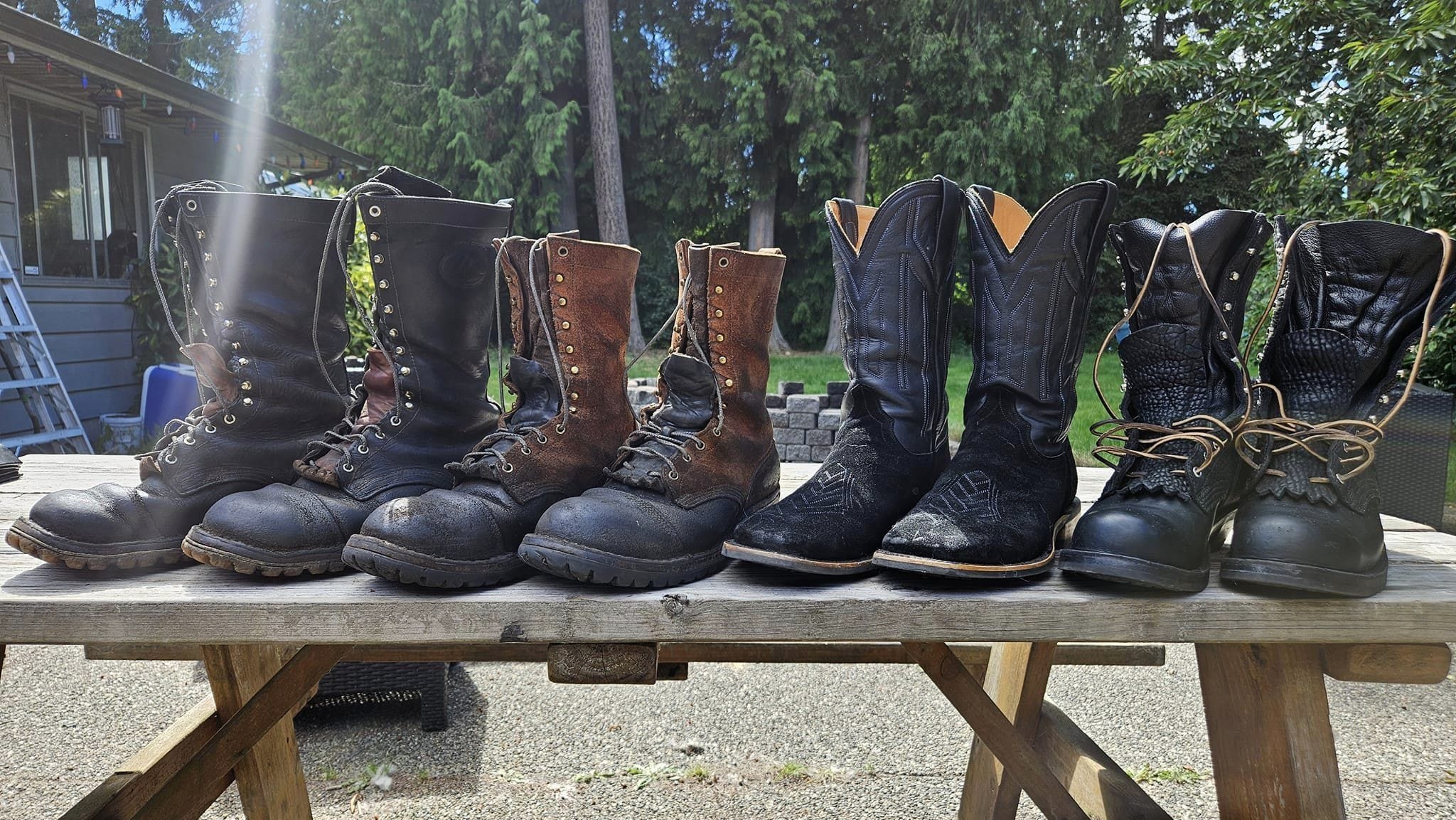
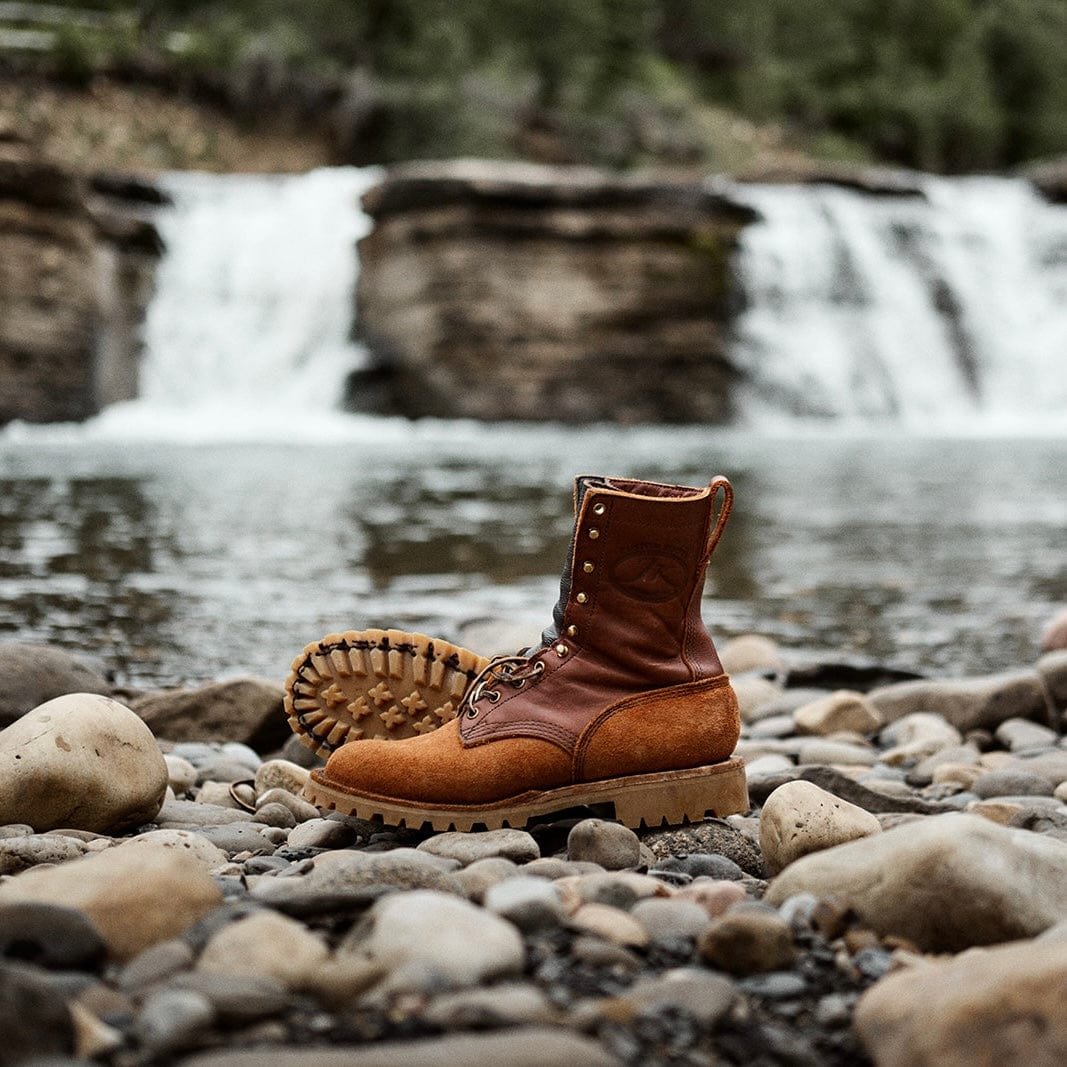
Maybe it’s just me and that I’ve been wearing PNW boots for so long, but on a fire, I went in the woods at 6:30 pm,walked out 10:30 am the next morning. We had a fairly big fire and ground fire (for the east coast). Had to send the dozer in. The ground crew I was on had the job of raking behind the dozer. Up and down several mountains, never had a problem with wearing a well made boot. Today, I did 10,000 steps in jks Superduty right out of the box new.
Leave a comment